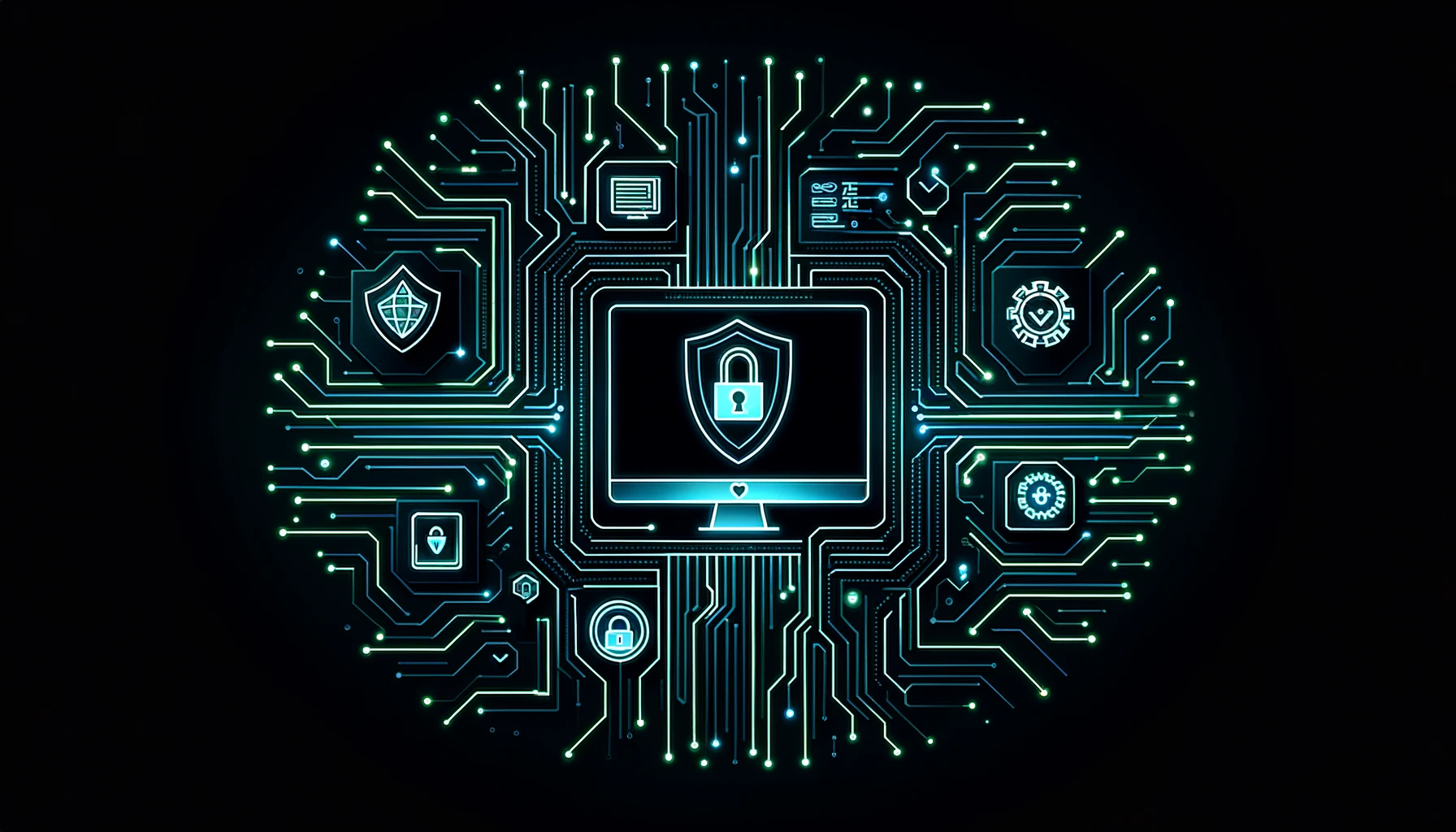Elektronische Patientenakte (ePA)
Elektronische Patientenakte (ePA)
The Elektronische Patientenakte (ePA) is a secure digital health record system used in Germany. It stores and manages patients' medical information digitally. Patients can access and control their ePA through an app provided by health insurers. This means that patients can decide who gets to see and update their records. The ePA system helps make healthcare more efficient by keeping everything in one place and following strict privacy rules like GDPR to keep data safe.
To learn more about how we protect healthcare data, visit our page about IT security in healthcare.
Key Points
- Patient Control: Patients decide which healthcare providers can access their ePA, keeping their information private and secure.
- Centralized Records: All health records are stored in one place, which helps reduce repeated tests and makes healthcare more efficient.
- Data Security: The ePA uses encryption and complies with GDPR to keep patient data private.
- Adoption Challenges: There are still some cultural and technical barriers stopping widespread use of ePA.
- Cybersecurity Risks: The ePA has risks, like data breaches, that require strong security measures.
Related Terms
Patient-Controlled Data Access
Patients have full control over their medical information in the ePA. They can allow or deny access to doctors, hospitals, pharmacies, and other healthcare providers. Patients can also check an access log that shows every time their data was viewed or updated, making sure only trusted people see their information.
Cybersecurity Measures for ePA
The ePA system uses several security measures to keep patient data safe:
- Data Encryption: All information is encrypted so no one without permission can read it. For more information on encryption, check out how encryption ensures data security.
- Access Control: Patients decide who can see their medical data, making sure only approved healthcare providers have access.
- GDPR Compliance: The ePA follows the General Data Protection Regulation (GDPR) to protect patient privacy and secure their information.
However, there are still risks like phishing and ransomware attacks. To learn more about how to protect against these threats, read our blog on phishing emails generated using AI.
Advantages of Using the ePA
The Elektronische Patientenakte has many benefits:
- Faster Treatment: Since all medical records are stored in one place, doctors can get the information they need quickly, which speeds up diagnosis and treatment.
- No Duplicate Tests: Because all health information is in one place, doctors don’t need to repeat tests, which saves time and money.
- More Patient Control: Patients get more control over their healthcare since they can decide who can see their information and what data is shared.
Challenges and Adoption Barriers
Although the ePA has many benefits, there are some challenges stopping people from using it more widely:
- Cultural Barriers: Some healthcare professionals are not fully on board with using ePA because they worry about transparency and the possibility of exposing errors in patient records.
- Technical Barriers: Setting up secure systems that work together well is tough for many healthcare providers, especially smaller clinics.
Cybersecurity Threats to ePA
While the ePA is an improvement for healthcare, it still has some cybersecurity risks:
- Phishing and Social Engineering Attacks: Hackers may try to get sensitive information by using phishing tactics. Healthcare providers need awareness training to recognize and avoid these attacks.
- Ransomware: Hackers can use ransomware to block access to patient records until a ransom is paid. Learn more about ransomware in our ransomware article.
FAQ
Among other things, the ePA can store findings, diagnoses, therapeutic measures, medication plans, emergency data and electronic medical records. Patients can also add their own documents, such as vital signs or data from health apps.
Patients can access their ePA via an app provided by their health insurance company. To do this, they need a smartphone or tablet as well as their electronic health card (eGK) and a personal identification number (PIN).
Patients decide for themselves which medical service providers can access their ePA. These can include doctors, dentists, therapists, pharmacies, and hospitals. Access is only ever granted after approval by the patient.



































